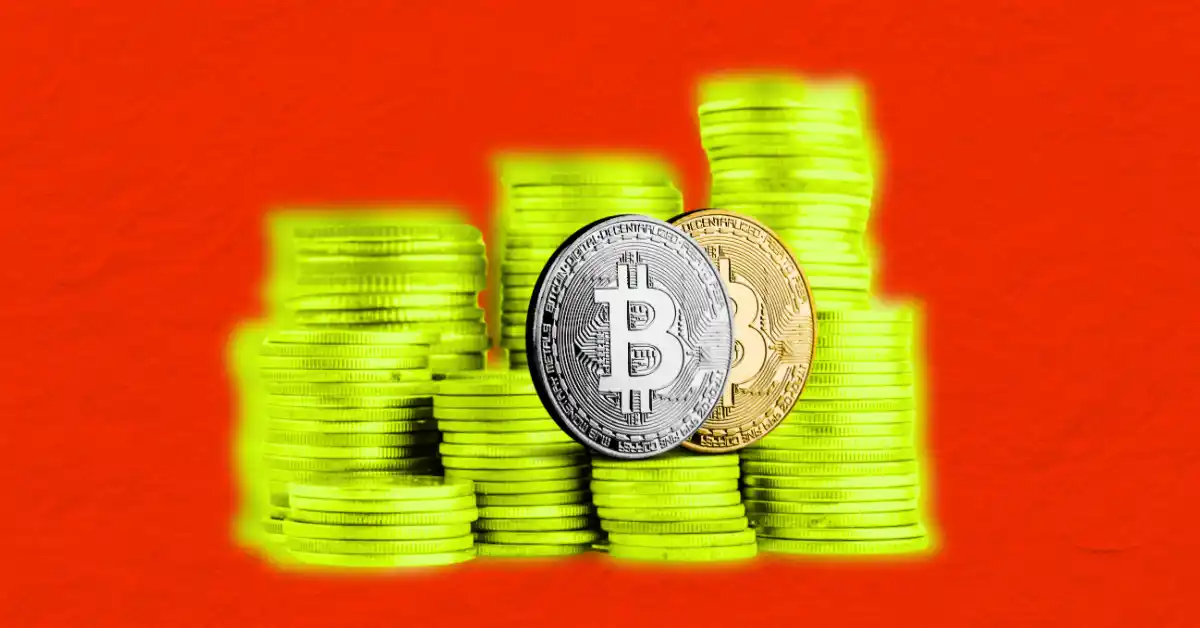Panama City’s Emerging Bitcoin Initiative: A Deep Dive into the Potential Bitcoin Reserve and Crypto Adoption
—
The recent surge of interest in digital currencies across Central America has gained a new focal point: Panama City. Following a series of high-profile meetings between Panama City’s mayor, Mayer Mizrachi, and key Bitcoin policymakers from El Salvador—most notably Max Keiser and Stacy Herbert—the city is hinting at bold crypto policy moves including the creation of a city-level Bitcoin reserve. This possible initiative aligns Panama City with El Salvador’s pioneering but controversial Bitcoin adoption strategy and could position the city as a regional cryptocurrency hub.
Exploring Panama City’s Bitcoin Reserve Concept
At the heart of the news lies Mayer Mizrachi’s cryptic social media post simply stating “Bitcoin Reserve,” which followed his meetings with influential figures in El Salvador’s Bitcoin policy sphere. While official details remain scarce, this phrase has electrified financial and crypto communities alike, suggesting Panama City might implement a municipal Bitcoin reserve akin to El Salvador’s national reserve. Such a reserve would likely involve the city government holding Bitcoin assets as part of its treasury to leverage Bitcoin’s potential for value appreciation, diversify reserves beyond traditional fiat currencies, and embrace decentralized finance principles at a municipal level.
What sets Panama City apart—or at least ahead in some respects—is its recent announcement to accept Bitcoin and Ethereum for payment of government fees and taxes. Unlike El Salvador’s national legal tender policy, Panama City’s approach appears to integrate crypto payments in a legally compliant manner through an auto-conversion system paired with a local bank, mitigating complications that have stalled previous attempts to integrate USD-only legal frameworks with cryptocurrencies.
Learning from El Salvador: Policy and Practice
El Salvador’s decision in 2021 to adopt Bitcoin as legal tender—spearheaded by President Nayib Bukele—was a historic first. The country has also made strides in financial education through initiatives such as the “What is Money?” textbook to improve crypto literacy—a model Panama City is reportedly contemplating mirroring. The city’s access to guidance from El Salvador’s Bitcoin architects, Keiser and Herbert, further signals a willingness to adopt lessons learned from El Salvador’s experience, including the challenges of infrastructure, financial inclusion, and integrating Bitcoin mining with renewable energy sources like hydroelectric power.
Panama City’s potential emphasis on green Bitcoin mining reflects growing environmental concerns surrounding crypto technologies globally. Hydroelectric power offers a sustainable energy source aligning with these concerns, marking a step toward marrying cryptocurrency adoption with ecological responsibility—a contrast to the heavily criticized fossil-fuel-based Bitcoin mining operations seen elsewhere.
Broader Implications for Panama and Central America
If Panama City moves forward with a Bitcoin reserve and crypto payment systems, this could herald a significant shift for Panama’s financial landscape. The city’s proactive stance may encourage other municipalities or even national bodies in Panama to explore similar digital asset strategies, further embedding cryptocurrency into the regional economic fabric. Panama, already a critical financial and logistics center within Central America, could enhance its competitiveness and innovation reputation as a crypto-friendly jurisdiction.
From a macroeconomic perspective, a Bitcoin reserve offers potential currency diversification benefits, especially important for countries or cities tied closely to the US dollar (Panama uses the USD as its de facto currency). Holding Bitcoin could hedge against dollar volatility and potentially open new investment avenues, albeit with risks stemming from Bitcoin’s price volatility and regulatory scrutiny worldwide.
Advancing Financial Education and Inclusion
Integral to Panama City’s plan is the indication that financial education reform will accompany technological adoption. Emulating El Salvador’s approach, the introduction of tailored educational programs about cryptocurrency aims to cultivate financial literacy and inclusion among residents, ensuring that the broader population can engage with digital assets confidently and safely.
This approach acknowledges that successful cryptocurrency integration on a municipal scale depends not only on infrastructure and policy but also on public understanding and trust. Education programs could demystify Bitcoin’s role, dispel misinformation, and empower the population to participate in the evolving digital economy.
Navigating Regulatory and Practical Challenges
Despite the enthusiasm, several challenges loom. Panama has yet to introduce legislation formally authorizing a Bitcoin reserve at the city level; thus, the initiative’s legal and fiscal frameworks remain a work in progress. The municipal government must carefully navigate national monetary policies, banking regulations, and international compliance standards to avoid conflicts, ensure transparency, and safeguard public funds.
Moreover, Bitcoin’s inherent volatility poses financial risks. The city will need robust risk management strategies to mitigate potential losses and public criticism. Lessons from El Salvador indicate that public crypto projects can face backlash if perceived to harm economic stability or individual wealth.
Additionally, ensuring secure infrastructure for crypto storage and transactions is vital. The city must invest in trustworthy custodial services or develop in-house capabilities to protect these digital assets from cyber threats.
Conclusion: Panama City’s Crypto Future on the Horizon
Panama City’s potential creation of a Bitcoin reserve, coupled with crypto payment acceptance and educational initiatives, signals a daring step toward redefining municipal finance in the digital age. Inspired by El Salvador’s groundbreaking yet contentious experiment, Mayor Mayer Mizrachi’s vision could transform Panama City into a Central American crypto beacon, blending innovation with sustainability and education.
Yet, success will hinge on meticulous policy design, regulatory cooperation, and public engagement to balance opportunity with caution. This evolving narrative reflects the broader global conversation about cryptocurrency’s place in modern governance and finance.
Should Panama City’s Bitcoin reserve materialize, it may not only reshape its local economy but also contribute powerful momentum to cryptocurrency integration throughout the region—suggesting a new era where digital assets move from niche instruments to foundational components of urban fiscal strategy.





